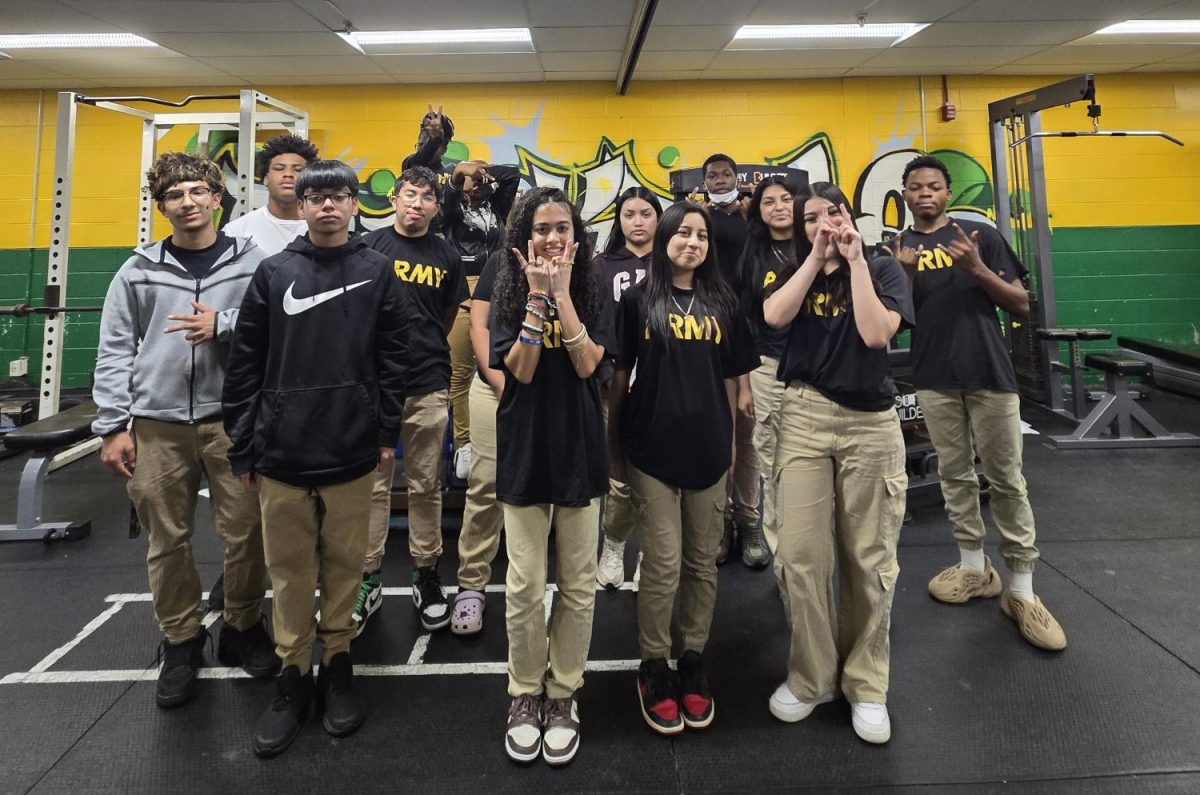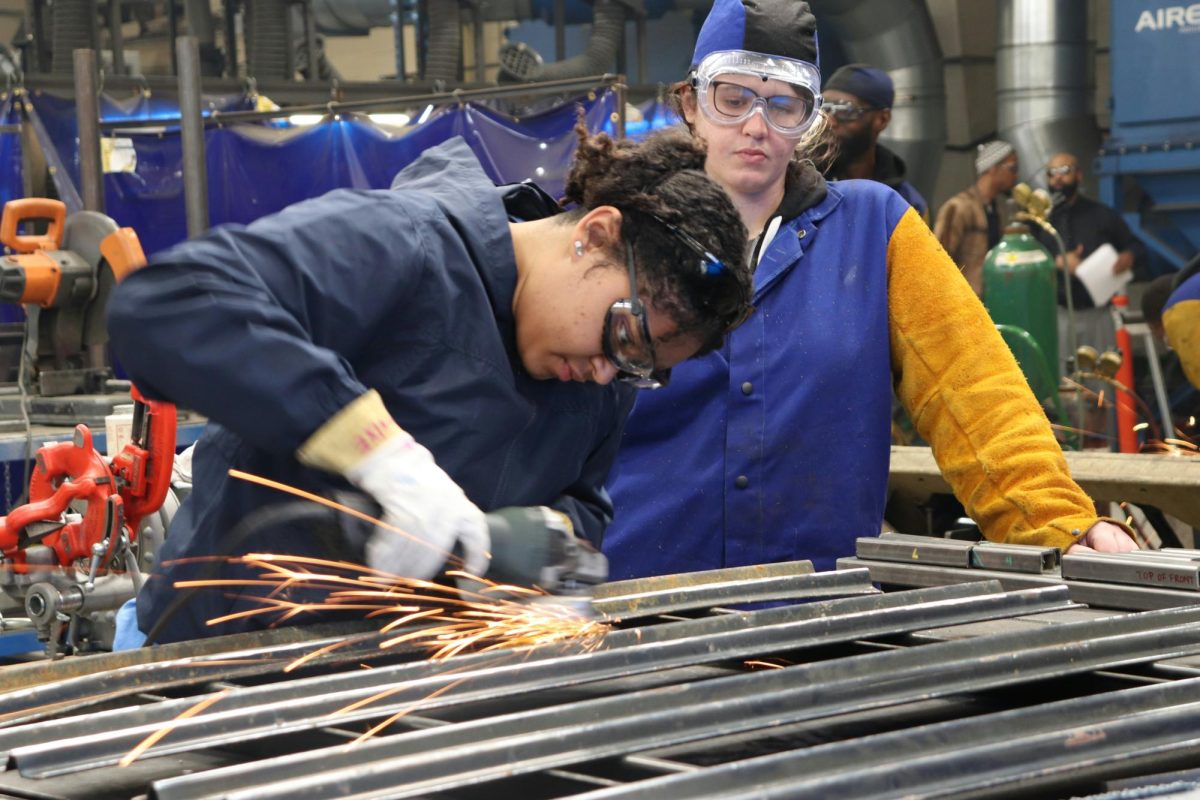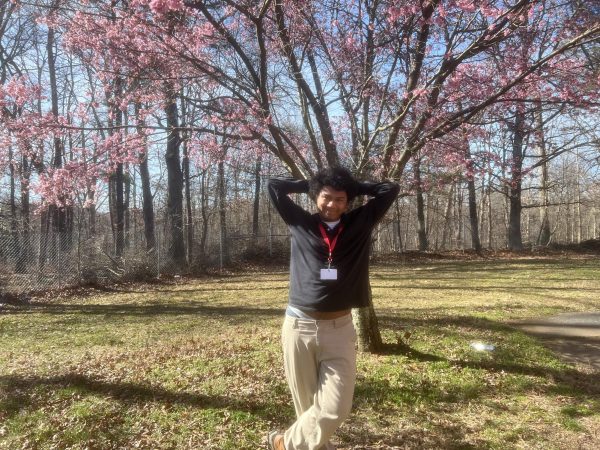Introduction
This marks the 13 years that Syria has spent being torn apart in a brutal multI-side civil war. What started as a part of a movement across the Arab world known as the Arab Spring to bring democracy and reform descended into a brutal civil war that killed hundreds of thousands and left millions refugees or internally displaced.
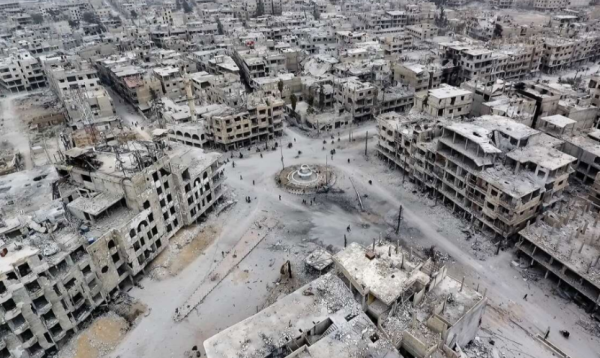
As of 2023, Syria is in a stalemate with little progress in the frontline and Bashar, once isolated and on the verge of defeat now welcomed back into the Arab League after a decade of suspension and Bashar’s position is secured as the ruler of Syria. It’s time to look back at how the Syrian Civil war evolved and what experts said about Syria’s future.
Background
The seeds sowed that led to the civil war was when Syria was created when the Ottoman Empire collapsed and France taking control of parts of its and creating the borders of what would now be Syria, from French colonialism help contributed to tensions between the various ethnicities and religions that led to sectarianism in the Syrian Civil War.
From French colonialism one group in particular the Alawites, a heterodox Shia sect who were long victims to persecution due to being seen as “heretics” by the Sunnis who gained privileges by the French by joining the colonial authorities and the colonial military which the French used to maintain and cement their power.
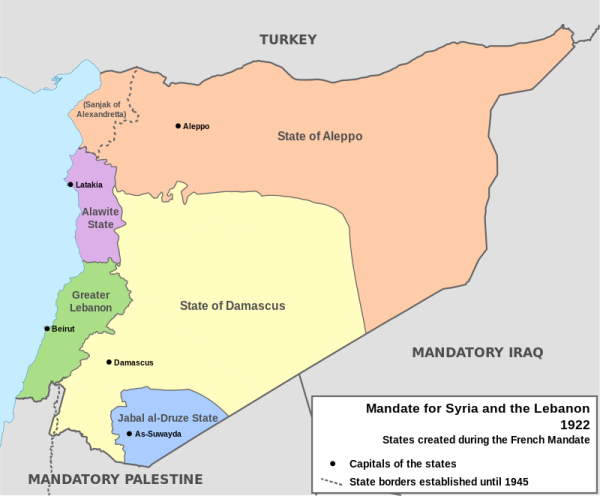
The spark that would set the factor to the Syrian civil war, begins the rise of Hafez al-Assad who founded the al-Assad family. Having come to power in 1970 in a military coup from a Baathist military junta that came to power from a military coup 7 years earlier in a list of sixteen military coups; nine of which were successful with Hafez being the last. Hafez rule is marked by authoritarianism and patronage to crush dissident and ensure loyalty, in 1976, the Muslim Brotherhood led an uprising against Hafez, due to his intervention in the Lebanese Civil War who were fighting Muslim forces which many Syrian Sunnis such as the Muslim Brotherhood being seen as heresy, the uprising ended with the massacre of Hama in 1982, destroying much of the city and killing thousands of people (estimated to be 20-40,000). But Hama would become a rallying cry in 2011 when the protests started but it also gave the regime under Bashar a template to respond when unrest rose.
Bashar came to power in 2000, after a fraudulent election despite hopes that Bashar would democratize Syria, those hopes were quickly let down in the suppression of the Damascus Spring, a period of intense opposition activism and tentative political liberalization.
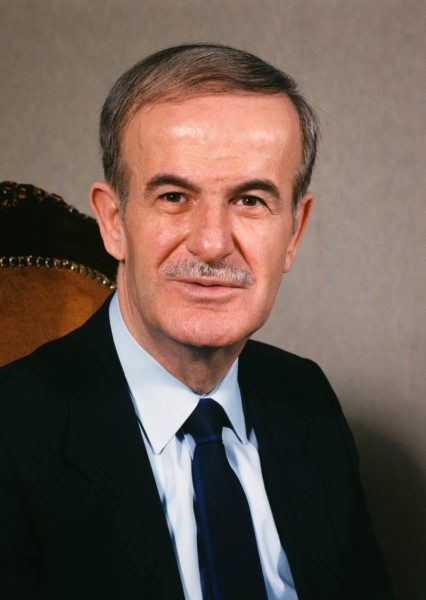
Bashar created economic reforms which changed the patronage networks such as breaking up and privatizing state monopolies but its benefits were only for regime supporters while rural workers were devastated by the end of subsidies and price ceilings.
To make matters worse a drought from 2006 to 10 came, leading to farmland being ruined and farmers being forced to migrate to cities which surged the unemployment rate. It’s these factors that would help start the 2011 protests that would lead to civil war.
The 2011 Syrian protests were part of the larger Arab Spring movement starting with Tunisia after the death of Mohamed Bouazizi who burned himself protesting against his mistreatment by Tunisian authorities, the protests led to the overthrow of authoritarian governments in Tunisia, Egypt, and Libya. Inspired by the protests and the arrest and torture of teenagers who painted slogans of the Arab Spring such as “The people want the fall of the regime.”
In Daraa, protests began and spread across Syria, in response security forces used force to stop the protests such as opening fire and carrying mass arrests amid international condemnation for the repression of protests, the regime did offer some concessions, but it wasn’t enough and as the regime continued to use force to suppress the protests, some begin to take arms.
Deraa during the Syrian protests before it escalated to the current civil war
The Civil War

In July 2011, defectors from the Syria military announced the formation of the Free Syrian Army (FSA), creating the first major rebel military group to organize. However FSA had issues that would harm it in the long term due to being a big tent of many groups united under their opposition to Bashar but had competing interests of what a post-Bashar Syria would look like, not helping is that FSA had different backers of those factions.
Because of this, FSA struggled to bring the coalition together under a centralized command which in turn meant that FSA aligned militias were poorly organized and often didn’t coordinate their operations. These would lead to FSA becoming decentralized into different factions which will lead to the rise of hardline groups, but for now.
The creation of FSA mark the second phase of the Syrian Civil War as a armed insurgency, with FSA and other rebels achieving by forcing government forces withdraw from areas in the north and east, allowing them to seized a number of regime military bases and seized key cities in the north, including parts of Aleppo, Syria’s largest city. As the Bashar regime lost territory at the hand of the rebels, Hezbollah deployed its fighters and Iran sent military advisors to prop up Bashar regime.
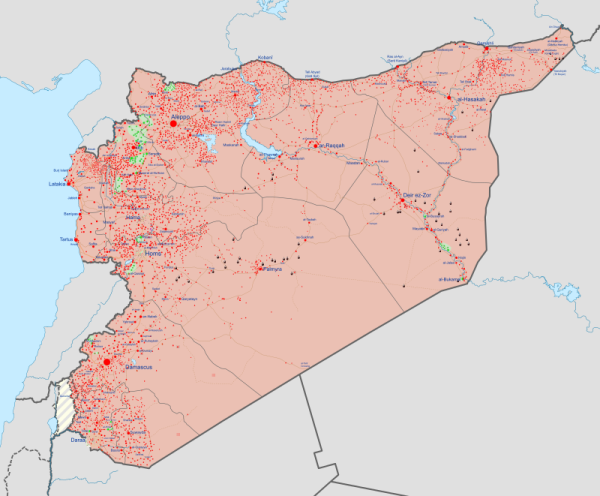
The third phase of the Syrian Civil War marked the rise of rise of hardline Islamist groups, primally and most infamously ISIS as a result of the aforementioned infighting, support from different backers such as the Gulf states, and Bashar releasing hundreds of hardline Islamists, ISIS was able to get support from local and foreign sympathizers and united under the ideology of creating a Pan-Islamic caliphate achieved battlefield successes that led to it conquering territory spanning eastern Syria and western Iraq and with it came atrocities against the Yazadis, Shia Muslims, and other minorities that ISIS were xenophobic too. It is from the rise of ISIS that marked the Syrian Civil War becoming increasingly sectarian between the various religions in Syria.
The fourth phase marked Russia intervention in the civil war, deploying troops and military equipment to an air base near Latakia. Then on September Russia launched airstrikes against rebels in order to bolster Bashar’s position, after a ceasefire collapsed between the rebels and the Syrian government, Syria with the help of Russia focused on the eastern part of Aleppo which is held by the rebels, through a bombing campaign from Russia, Syria was able to regained the eastern part of Aleppo and regained ground as ISIS fall through a mixture of Kurdish forces (who had created an autonomous area around Northeastern Syria) backed by the US, Turkey backed rebels (who invaded and occupied parts of northern Syria to remove the threat of the Kurdish autonomous zone due its alleged connections with the Kurdistan Worker Party) , and Syrian forces backed by Russia.
In the fifth phase, Bashar regime was able to retake territory and consolidated its control over its regained territory from Russia help, it was able retake major cities, including Aleppo, as well as areas across Syria’s strategic western spine.
Then in 2017, Syria was able to patch together areas of the countryside under its control. Finally by mid-2018, it also recaptured strategic suburbs surrounding Damascus before turning its sights further south to Daraa, the birthplace of the uprising that led to civil war where it seized the city as well as most of southwest Syria by the summer of 2018.
This led to the current phase, after a ceasefire in 2020, the war remained frozen with the frontlines being static with Bashar still in control despite the devastation that the civil war has brought and accepted into the international community again.
What to expect in the future
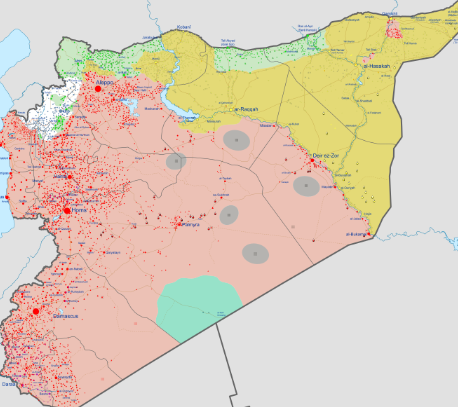
As the United States Institute of Peace Mona Yacoubian put it with the current status of the civil war. “The conflict in Syria is at a stalemate with little prospect for a political settlement any time soon. The Assad regime remains entrenched in power, controlling roughly 70% of Syrian territory.”
This sums up the current situation with Syria after 13 years of bloodshed, the civil war is now at a stalemate with Bashar still firmly in power despite everywhere, the future of Syria and its people appears to be bleak and will remain so for the time being it seems, Syrian refugees in particular are facing grim conditions as the civil war remains at still remain frozen with 6.8 million Syrians now refugees with 70% in the countries like Turkey and Lebanon facing poverty and with fears of mass forced returns as Bashar normalized relations with them which has been accelerated after the earthquakes in Turkey and Syria.
As this happens Syrians are continuing to be subject to discriminatory policies by the governments of the countries they left amid growing hostility and backlash against refugees despite 70% of Syrian refugees not intending to return within the next 5 years due to the belief they can’t safely return.
For now the future of Syria looks grim with hopes of democracy and potential reform vanquished as the Bashar regime is still firmly entrenched, but despite this the world shouldn’t lose hope of peace in Syria, where the people have a say in their destiny. Because for the 13 years that Syria has been torn apart with hundreds of thousands dead and millions displaced the Syrian people from all demographics need it.

